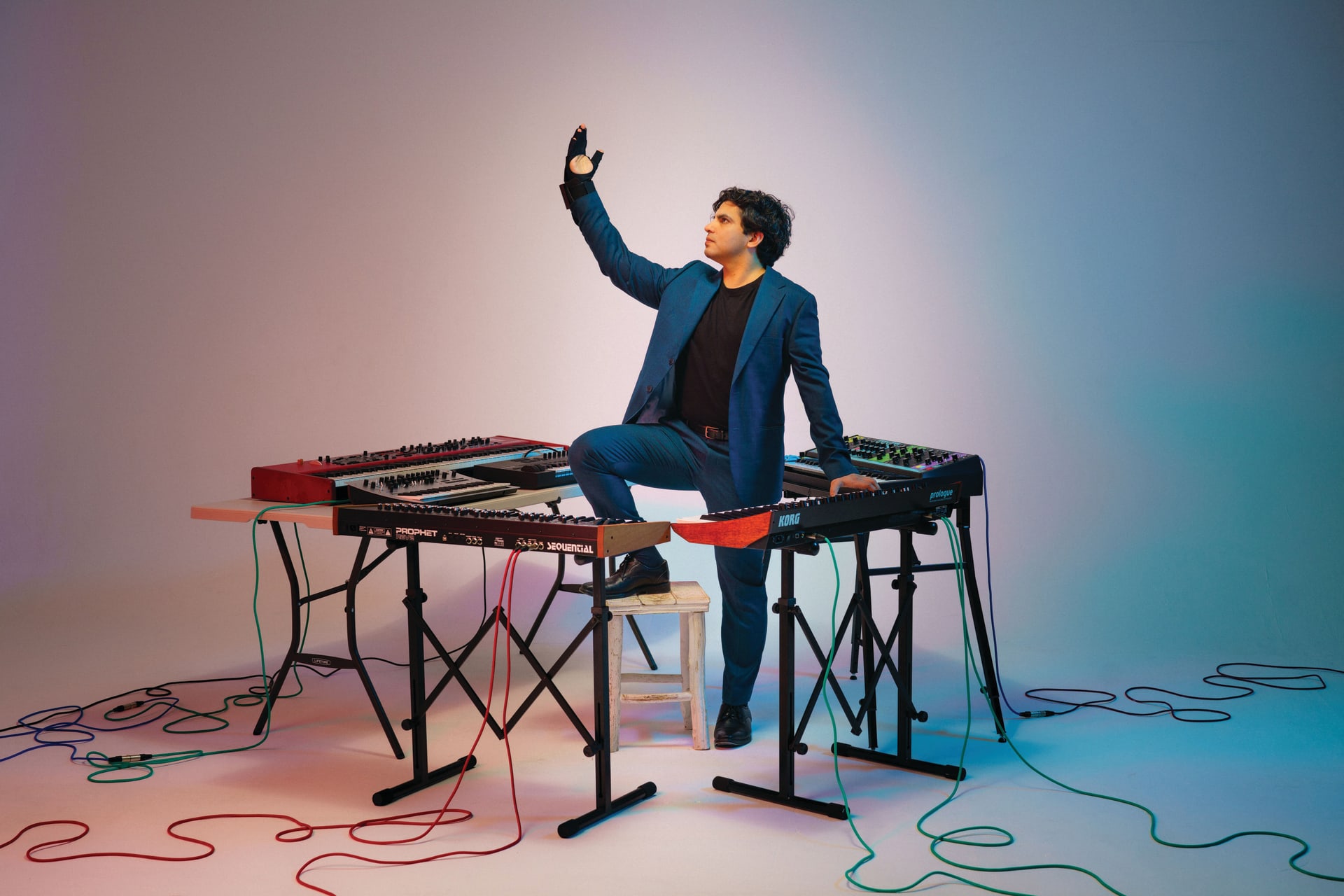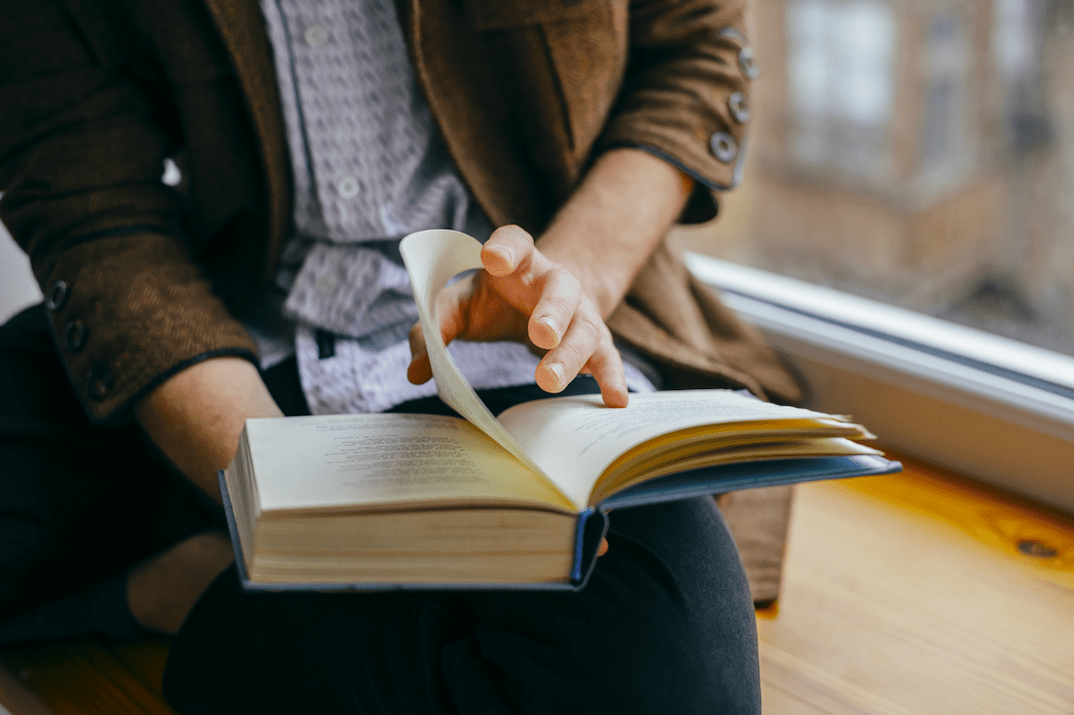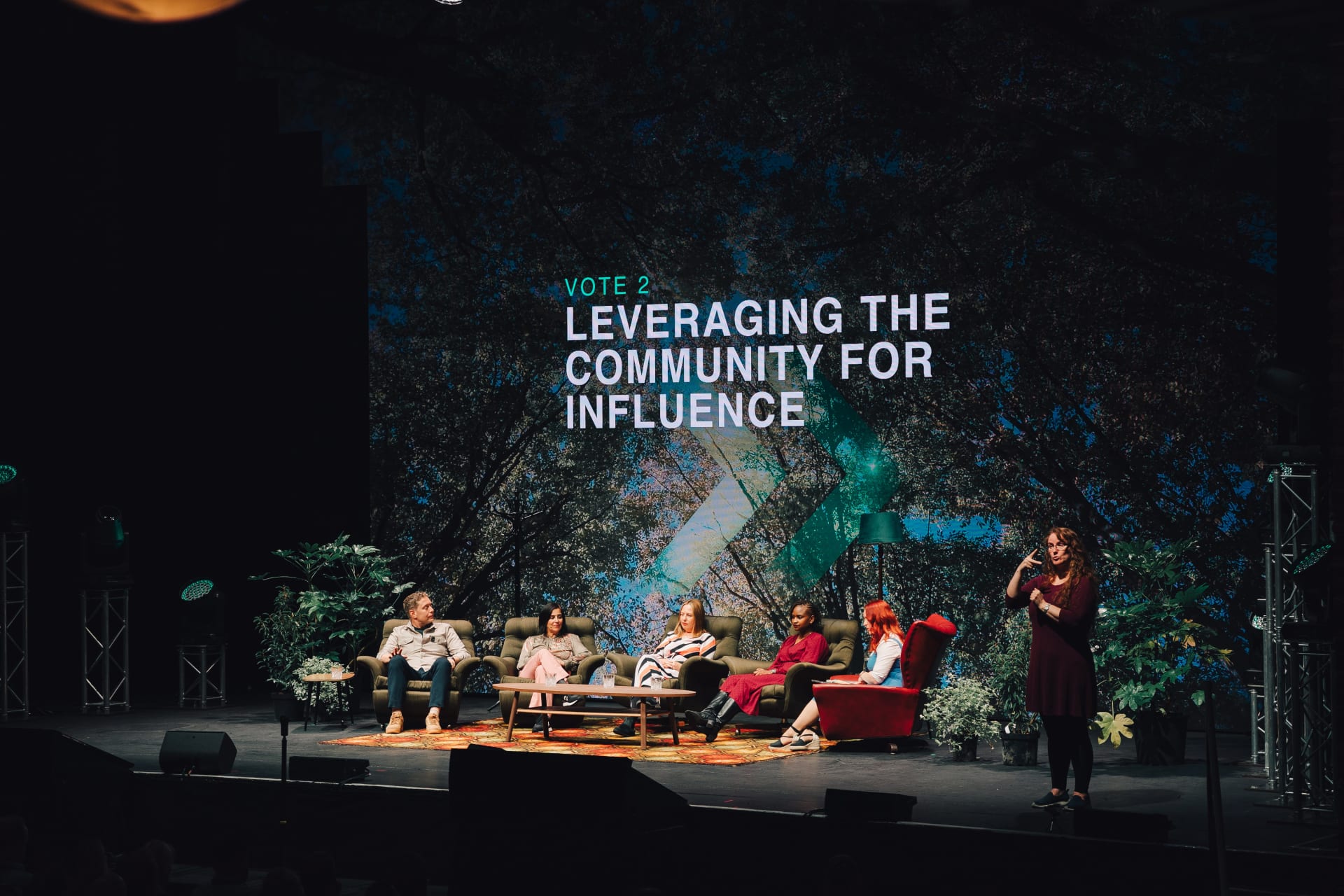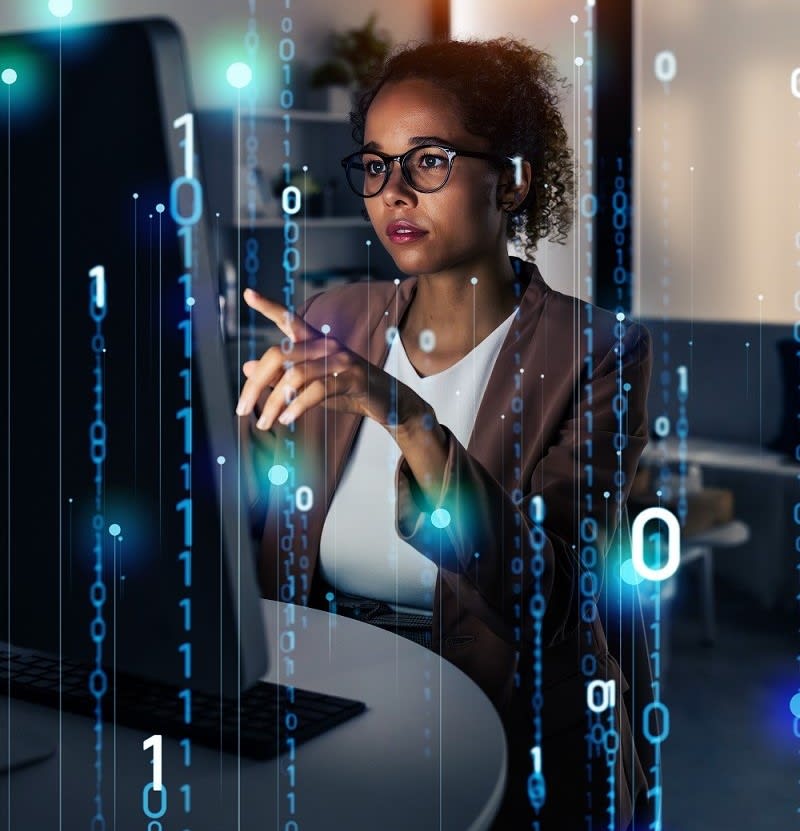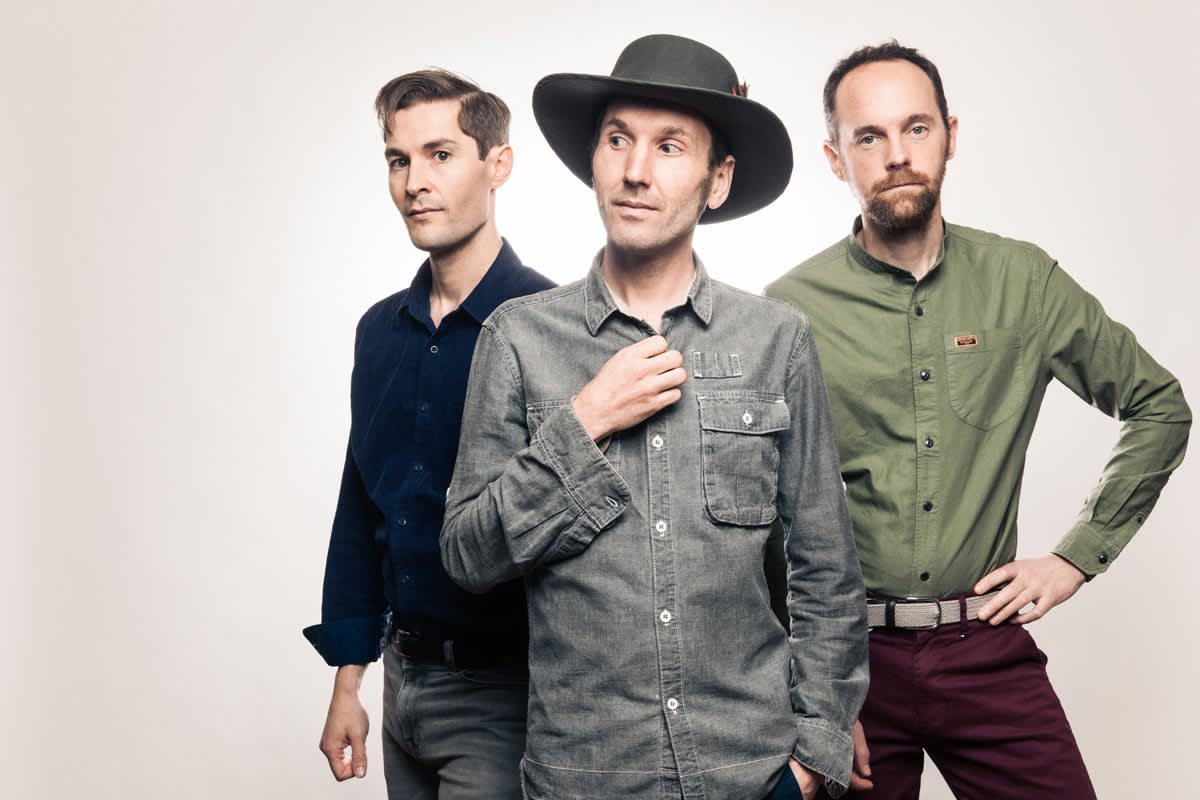Combining new research, cutting edge technology and artistic creativity can generate music and dance that captures the essence of the science at its heart while offering innovative and thought-provoking ways to appreciate different lived experiences. As part of IF Oxford, two striking and very different performances bring unusual ideas and insights to the stage.
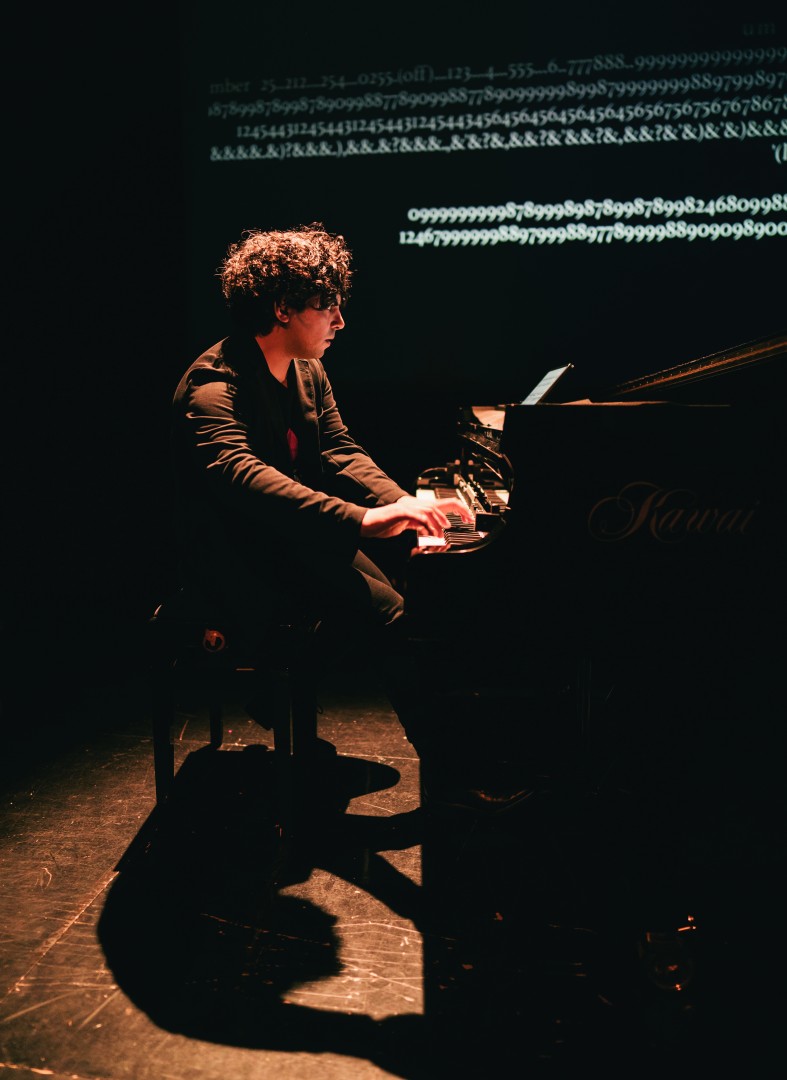 On Wednesday 18 October, Oxford Contemporary Music (OCM) present Answer Machine Tape 1987 by composer Philip Venables, performed at St John’s College by Zubin Kanga, a pianist, composer, and technologist. A lecturer in Musical Performance and Digital Arts at Royal Holloway University, Kanga is at the forefront of curating and creating interdisciplinary music that explores interactions with new digital technologies. As Director of Cyborg Soloists, he unlocks new possibilities in composition and performance through interactions with AI and machine learning; interactive visuals and VR; motion and biosensors, and new hybrid instruments.
On Wednesday 18 October, Oxford Contemporary Music (OCM) present Answer Machine Tape 1987 by composer Philip Venables, performed at St John’s College by Zubin Kanga, a pianist, composer, and technologist. A lecturer in Musical Performance and Digital Arts at Royal Holloway University, Kanga is at the forefront of curating and creating interdisciplinary music that explores interactions with new digital technologies. As Director of Cyborg Soloists, he unlocks new possibilities in composition and performance through interactions with AI and machine learning; interactive visuals and VR; motion and biosensors, and new hybrid instruments.
Using technology in music, in Answer Machine Tape 1987, Kanga and Venables are enabling a greater understanding of humanity. The piece is a sensitive, absorbing and intriguing immersion into the life of David Wojnarowicz, a visual artist and AIDS activist in New York during the tumultuous period leading up to the passing of Peter Hujar – Wojnarowicz’s former lover, close friend, and fellow artist – from an AIDS- related illness in 1987. The taped messages on Wojnarowicz’s answering machine tape left by other artists, friends, and lovers during the days preceding Hujar’s death were transcribed and are the focal point of the work. Through them the audience is immersed not only in this period of Wojnarowicz’s life, but also the vibrant New York art scene, queer history, and the AIDS crisis of that era, which includes messages from Hujar. Edited to an hour in length, the performance tells the very touching story of friendships in an emotional journey that ranges from funny moments to a heart-wrenching end.
“I first saw this piece performed last year, at Huddersfield Contemporary Music Festival, the UK’s largest international festival of new and experimental music, and it really stood out. It was beautiful, different, and so clever, that I was totally captivated. I just had to bring it to IF Oxford!” enthuses Lauren Spiceley, Programme Producer of OCM.
“Kanga commissions new pieces of music that use technology to augment the piano and for Answer Machine Tape 1987, he and Venebles are using amazing sensor technology called Keyscanner, developed by the Augmented Instruments Laboratory. This sensor maps each note to a letter so that as he plays, he is also typing, and text appears on a big screen above the piano. You see the words emerging as he strikes the keys, and there are notes for the punctuation too.”
“It’s extraordinary! As the notes transform into phrases and Kanga writes the words in real time, you’re pulled right into the heart of the events of 1987 just as if you were watching a play or a film: each of the characters in the story is created by the music and brought to life so that this engaging performance tells the story in a tangible way.”
“I can’t think how many permutations the composer, Phillip Venables, must have tried before he alighted on this perfect combination of notes to letters,” Lauren continues. “A piano has 88 keys, the top half of which serves as the alphabet and the lower half, he uses to flesh out the words and create a harmony from the full range of the instrument. It’s masterful the way that the characters even have musical motifs based on the different phrases they use as they leave their messages on the answer machine, which highlights how we all use language differently.”
“Interestingly, we never hear the voice of the two main characters – the artist on whose answer machine the messages are left and his partner who is in hospital – but we come to understand them through the voices of the people who make up their world. It’s an intimate inside view of their life from their friends which will resonate with everyone.”
In addition to Answer Machine Tape 1987, the evening’s line-up also includes Vicentino, Love You – a series of studies for keyboard by Oliver Leith in which he uses a TouchKeys keyboard connected to a synthesizer to create a set of intimate microtonal preludes and a performance of Deviance by Emily Howard. Inspired by Ada Lovelace it combines neuroscience and AI – using brain data collected from participants using EEG sensors to inform the piano writing and video, as well as electronics derived from machine-learning, exploring multiple connections between music and mind. The use of motion-sensor elements incorporates a third type of new technology into Steel on Bone, a six-minute piece by Zubin Kanga which morphs the sound of steel knitting needles inside the piano, using MiMU sensor gloves.
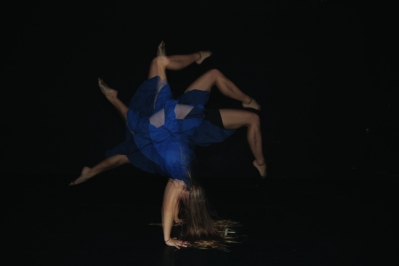 Biological data has also been collected and used as the basis for an interdisciplinary dance-tech performance, Feedback Loops, at the Oxford Playhouse on Saturday 28 October, which conveys the way it feels to experience episodes of illness through dance, with music generated from live body data and snippets of conversations with people who have lived experience as well as quotes from research participants.
Biological data has also been collected and used as the basis for an interdisciplinary dance-tech performance, Feedback Loops, at the Oxford Playhouse on Saturday 28 October, which conveys the way it feels to experience episodes of illness through dance, with music generated from live body data and snippets of conversations with people who have lived experience as well as quotes from research participants.
Curator and producer Alina Ivan was inspired by an international research study, that looks into how wearable technologies and mobile phones can track symptoms of depression, epilepsy and multiple sclerosis.
“This show tells the story of the mind and body and aims to give life to real honest lived experiences, sometimes invisible, misunderstood or hard to put into words,” Alina explains.
“Some are easy to relate to – the experience of not knowing what tomorrow will bring for example, others are the unseen side of a patient’s journey and are harder to imagine. Say, with multiple sclerosis, the feeling that your limbs aren’t connected to your brain (as described by an MS patient).
“In the study, wearable devices recorded and provided continuous objective biomarkers on sleep, heart rate and physical activity which, over up to three years and combined with traditional study methods and questionnaires, enabled researchers to see what was happening in the body. If we can discover what is changing in the body when someone feels well or isn’t feeling so good, and uncover the triggers that cause these to resurge, we have a chance to break the cycle,” she continues.
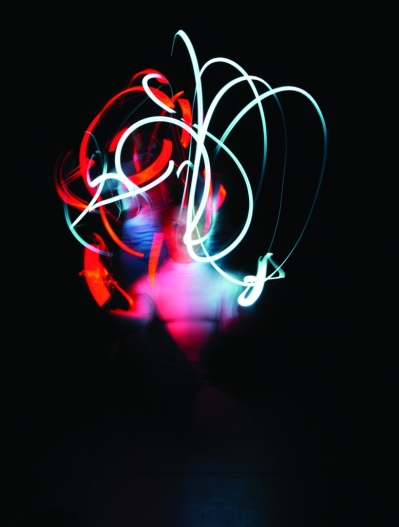 “The answers to big questions are often found at the intersections of different disciplines. Music and dance are time-proven ways to express ourselves when words don’t suffice. Combined with physiology they can give a more immersive understanding of certain conditions”.
“The answers to big questions are often found at the intersections of different disciplines. Music and dance are time-proven ways to express ourselves when words don’t suffice. Combined with physiology they can give a more immersive understanding of certain conditions”.
“We began by asking what’s the best way to communicate a message when words are not enough,” Alina adds. “Dance is one of the most visceral primal ways to express feelings, ideas, thoughts and experiences so dance, accompanied by music, seemed the perfect way to transport the audience into other people’s shoes. There’s a single dancer, Anna Spink. The accompanying music is atypical in that it is generated by her body in real time. She wears a medical wrist device that tracks movement, pulse and sweating and these biometrics are incorporated into a narrative of conversations as an original composition. As it’s different every time, the show keeps alive that element of the unknown.”
Dan Wimperis, the composer, is both a musician and a mathematician. He sees both maths and music as languages which you learn from the external world and then use to communicate ideas. Using an algorithm, the data is coded into music; the data points are spread across a 10-octave keyboard, to which information from heart rate and other biological signals are applied within set parameters to create the musical language for the show. Dan’s generative music draws on hand movements which influence the speed, pitch and the texture of the sound. Movement in the three dimensions translate into different instruments; heart rate data influences how hard a note is hit on a piano and the probability of particular notes being played meanwhile electrodermal activity changes – increased skin conductivity resulting from sweat – gradually alters how an instrument sounds.
Some sections are more melodic whilst others may have an uncomfortable vibe, but all are moving, and almost meditative as clever combinations of chords instil different emotions in the audience.
Answer Machine Tape 1987 - St John’s College, OX1 3JP
Wednesday 18 October,
7.30 – 9.30pm
Feedback Loops - Oxford Playhouse, OX1 2LW
Saturday 28 October,
3 – 4.15pm

